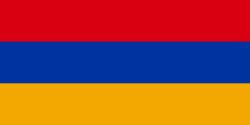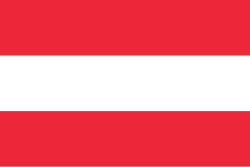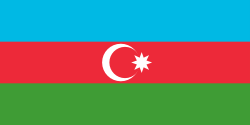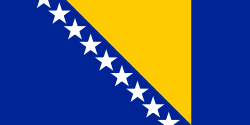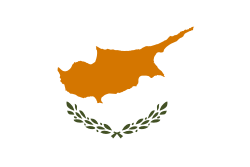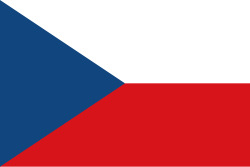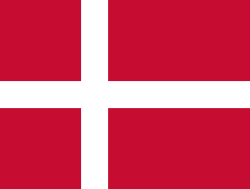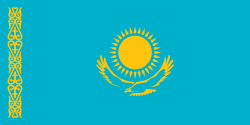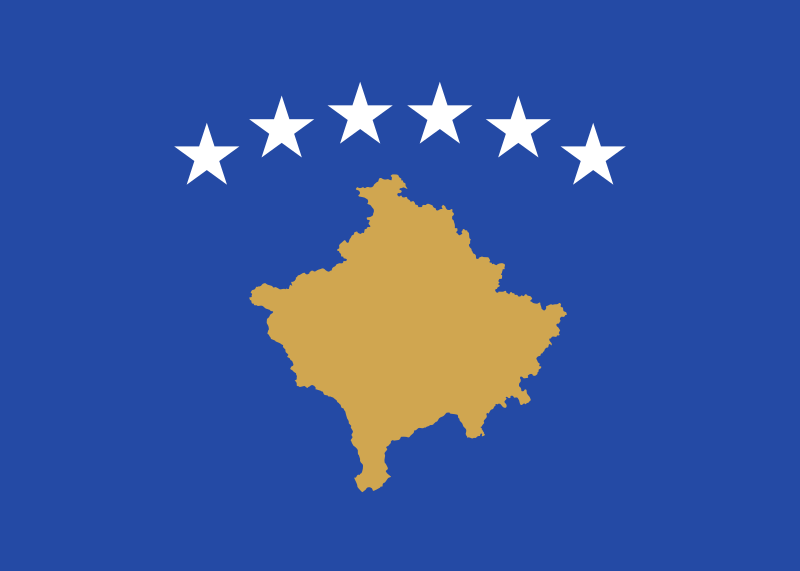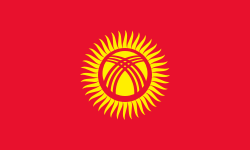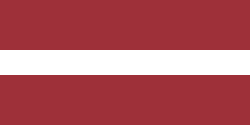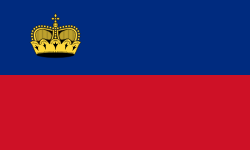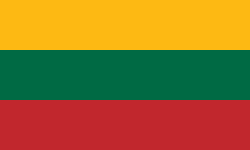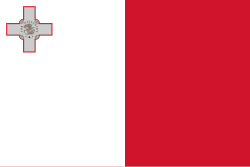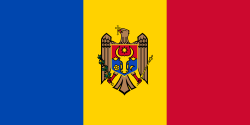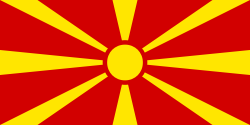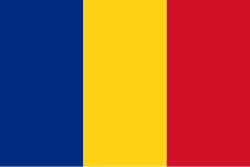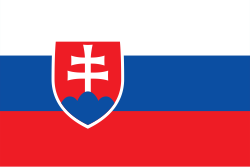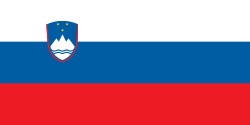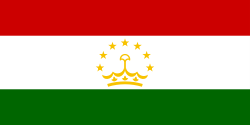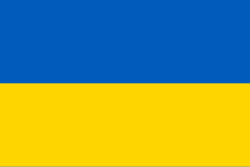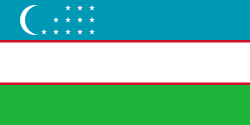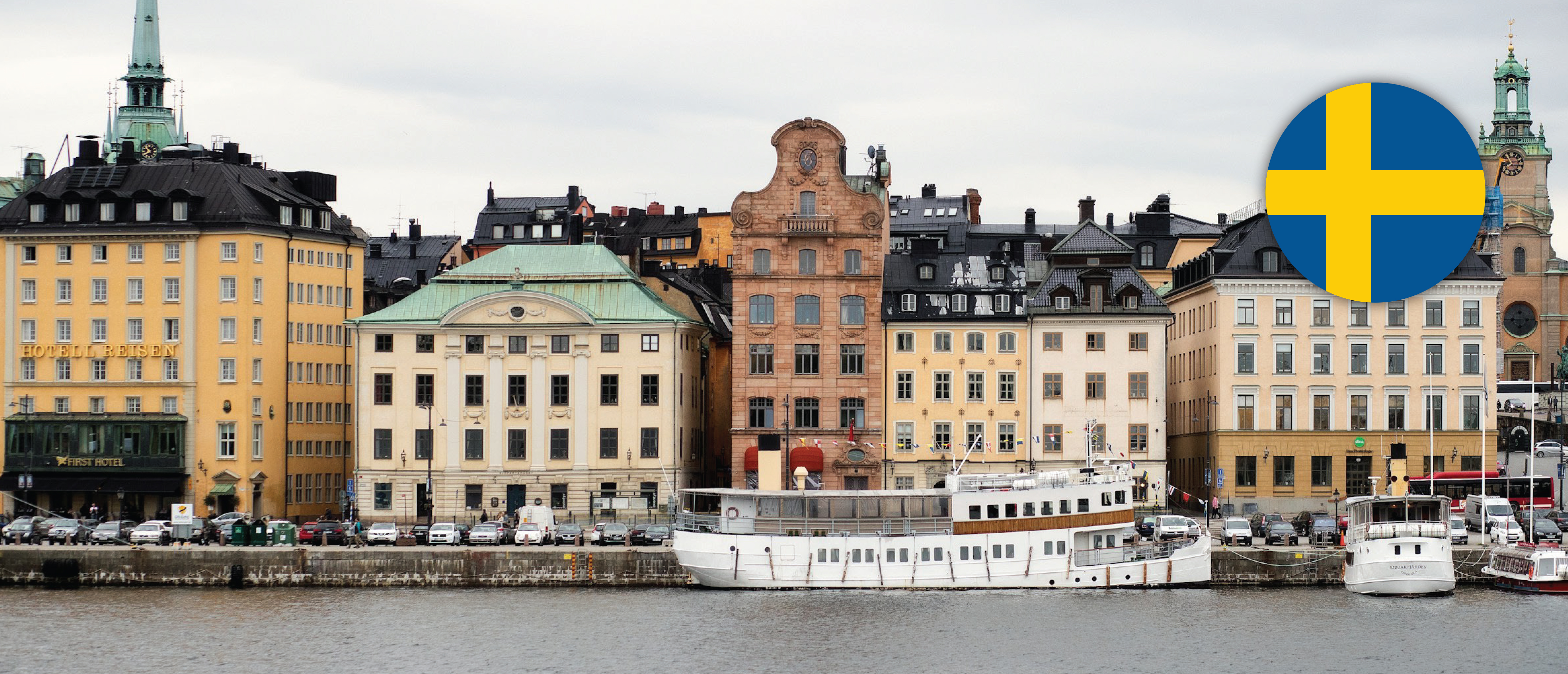General Information
Population
Immigration
Emigration
Working-age population
Unemployment rate
GDP
Migration Authorities
Responsible Body
Line Ministries
Agencies
Key Policy Documents
New rules for labour immigration etc. (SOU 2024:15)
Goals and meaning of integration (SOU 2024:12)
Report of the Committee on the Future of Swedish Migration Policy 2020
Aliens Act (2005: 716)- primary legislation for immigration and citizenship matters. Aliens Ordinance (2006:97) was a follow up that contains specific regulations and detailed provisions to support the Act. Further amendments were made in the Aliens Act (2021 amendments)
Description
Sweden has been a country of immigration since 1945. Net migration has remained positive over the past 25 years, with a slight decline in 2023. In 2025, the population of Sweden reached 10,591,058 people. Between 2015 and 2024, country’s population grew by about 7.5%, with this increase largerly driven by immigration in response to economic growth and rising employment opportunities.
In terms of emigration flow, 86,449 persons left Sweden in 2024, which is 4.5% more than in 2023. The largest group were Swedes (24,805) leaving their home country. Emigration is taking place on economic grounds as Swedes take jobs abroad, often in nearby countries. Considering all emigrants regardless of nationality, the most frequent destinations were Germany, followed by the UK, Denmark, Norway and the United States.
Immigration to Sweden has reached 116,197 in 2024, marking a full recovery after the COVID pandemic. The largest groups of immigrants came from Ukraine (28,065 people, 74.3% increase from 2023), followed by returning Swedes (11,907, 111.7% increase from 2023), Indians (5,801, 116.6% increase), Germans (3,647, 89.2% increase), Chinese (3,558, 93.4% increase), Syrians (2,985, 61% increase), Poles (2,844, 162.4% increase) and Pakistanis (2,477, 113.7% increase). Ovreall, over the past ten years, nationals of Syria, Iraq, Afghanistan, India and Poland made up the majority of immigrants. According to 2024 UN DESA migrant stock data, the main migrant communities in Sweden originate from Syria (102,856), Finland (79,216), Iraq (70,514), Poland (50,905), Iran (42,673) and Thailand (37,652), Ukraine (37,499) and Bosnia and Herzegovina (30,699).
In 2024, Sweden issued a total of 66,817 first residence permits – 32,819 for family reasons, 13,249 for education reasons, and 12,737 for work. [IL1] In recent years, first permits for labour and family migration have been falling while those for education purposes rising. Many of the labour migrants have been drawn to the larger cities and work in the technology and industrials sectors as skilled labour. Healthcare, construction and hospitality are among other popular sectors employing migrants.
In January-September 2025, Sweden issued over 67,000 residence permits, of which 12% were issued to EU and EEA citizens, 18,439 were granted for family reunification, 18,425 for work, 12,646 for study purposes, and 8,927 in connection to asylum claims.
In the academic year 2023-24, Sweden welcomed 42,960 international students, equivalent to 9% of the total student population. Of these, 25,670 were first time international students. Unlike many countries, Sweden allows international students to work during their studies. In 2023, 70% of first-year university students in Sweden were classified as having Swedish background – defined as being born in Sweden with at least one parent also born in Sweden.
Integration of migrants remains a sensitive and complex issue in Sweden. While the 2024 national unemployment rate stood at 8.9%, it is higher among foreign-born population: 13.1% for foreign-born women and 12% for foreign-born men. The gap widens futher among young people: in 2024, the youth unemployment rate reached 24.3%, contunuing an upward trend. To facilitate labour market integration and enable migrants to contribute effectively to society, the government offers language courses , work placements, and vocational training in sectors facing labour shortages.
Sweden has a long history of receiving refugees and asylum seekers, with the largest groups originating from Syria, Afghanistan and Iraq. Moreover, in 2022, Sweden activated the EU Temporary Protection Directive to support people fleeing the war in Ukraine and enlarged the scope of the provisions to include those who left Ukraine prior to the invasion. At the end of 2024, 35,500 Ukrainian citizens were registered in Sweden. In 2024, Sweden registered 9,645 asylum seekers, of whom 976 were from Syria, 839 – from Afghanistan, 572 – from Iraq and 538 – from Iran. These figures represent a sharp decline from the peak of 162,877 asylum applications in 2015, in part also reflecting a gradual tightening of migration policies. In response to growing public concern and the rise of anti-immigrant sentiment, Sweden introduced border controls, and in mid-2016 a highly restrictive asylum and reunification law – marking a decisive shift from its previously open stance on asylum. In 2023, the government announced the review of its asylum framework to align national rules with the minimum standards required under EU law, aiming to ensure responsible and restrictive controlled system, while substantially reducing the number of people seeking asylum in Sweden and the number of residence permits granted. The inquiry’s report is due in October 2025. Furthermore, from March 2025 asylum seekers are required to live in state-run detention facilities during their application process to receive financial aid from the Swedish Migration Agency in the form of daily allowances and special grants.
In 2022, Sweden activated the EU Temporary Protection Directive to support people fleeing the war in Ukraine and enlarged the scope of the provisions to include those who left Ukraine prior to the invasion. At the end of 2024, 35,500 Ukrainian citizens were registered in Sweden.
In 2024, 17,015 non-EU nationals were ordered to leave Sweden, up from 16,350 in 2020. The same year, 9,910 non-EU nationals were returned following an order to leave Sweden, up from 7,670 in 2023. This represents the third highest number in the EU after France and Germany. In 2024, 2,965 non-EU nationals were found to be illegally present in Sweden, a slight increase from 2,615 in 2020. It is estimated that between 30,000 and 50,000 undocumented people are living in Sweden today.
Swedish asylum and immigration policy is based on the Aliens Act of 2005, which was updated in 2021 to tighten asylum immigration and introduce a new maintenance requirement, Aliens Ordinance Act of 2006, and the Temporary Act of 2016 on temporary restrictions on the possibility of obtaining a residence permit in Sweden. In recent years, there has been a few important reforms in migration governance. In December 2023, stricter conditions for family reunification and restricted possibilities for residence permits on humanitarian grounds came into force in Sweden. The age limit for refusing a residence permit on grounds of personal ties has been raised from 18 to 21 years, and the possibilities for exemption from the maintenance requirement in family member immigration for persons eligible for subsidiary protection have been limited.
As of October 2024, the rules for acquiring Swedish citizenship changed too. For young individuals aged 15 to 21, new requirements regarding “good conduct” have been introduced. Citizens of Nordic countries are required to submit registration applications to the Swedish Migration Agency instead of the regional administrative board. New regulations will also include mandatory language (A2/B1 level) and cultural tests for those applying for citizenship. The government also plans to extend the required residency period in Sweden from five to eight years before applying for citizenship. Since June 2025, labour migrants from non-EU countries must secure a monthly salary amounting to at least 80% of the gross median salary in Sweden, which is SEK 27,360 (approximately EUR 2,200), in order to obtain a work permit In parallel, Sweden is focusing on attracting skilled labour and exemptions from wage requirements are made for recent graduates.
Furthermore, the option for individuals with failed asylum applications to apply for a residence permit for work has been cancelled as of April 2025. Further measures to strengthen enforcement and return procedures include extending the period after which removal decisions cease to apply from four to five years, counted from the date the individual has complied with the decision and left Sweden. As of April 2025, a maximum of five years is to be imposed for a re-entry ban, instead of one year. The re-entry ban may be in force for a longer period, for example, if the person poses a serious security threat.
Sweden has also increased its focus on the return of rejected asylum seekers. In September 2024, the government announced that it would increase grants to encourage immigrants to return home. The existing benefit – SEK 10,000 (about EUR 895) per adult – will increase considerably, up to SEK 350,000 (over EUR 31,000) per person as of 2026. The existing benefit includes a cap for families, while no cap was announced for the increased grant. The Swedish government also wants to broaden deportation powers and revoke permits for work, study and permanent residence for those convicted of serious crimes.
Relevant Publications

